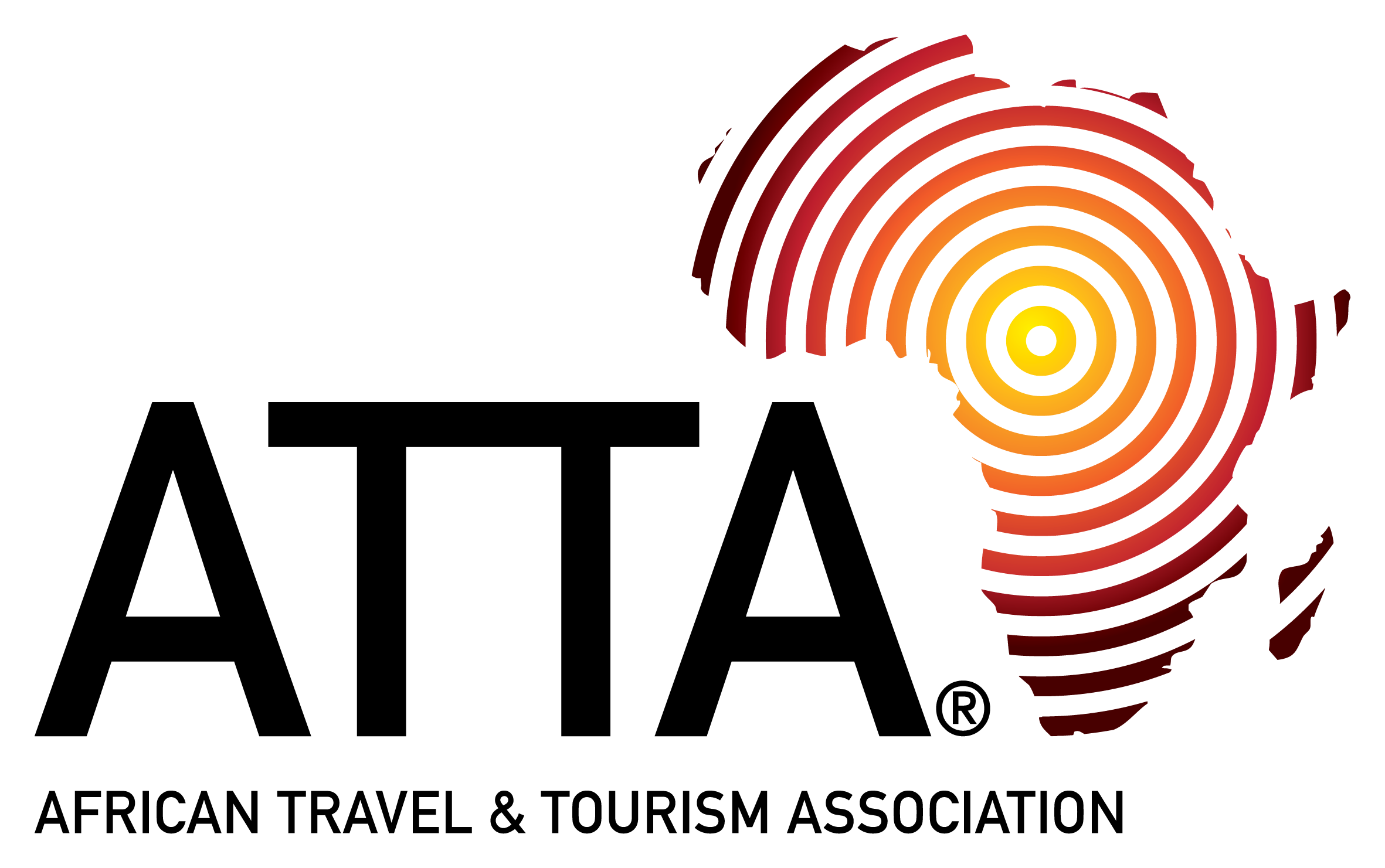Day 1: Arrive Kathmandu
You will be met on arrival in Kathmandu and transferred to a comfortable hotel in the middle of the Thamel district.
Thamel is a fascinating area to explore, with good restaurants and shops selling a variety of eastern handicrafts, Tibetan carpets, and exquisite jewellery – many bargains to be found! You can explore the district in the afternoon or simply relax at the hotel following your flight. In the evening, you will be joined at the hotel by your chief climb guide to go through the itinerary and to ensure that you are well prepared for the journey ahead.
Day 2: Fly to Lukla and trek to Paiya (2,730m)
After an early breakfast, transfer to Kathmandu domestic airport to catch your flight to Lukla, in the Nepali Himalayas.
This is a short, 40-minute flight on what is one of the most scenically impressive air routes in the world, taking you over the lower Himalayas and culminating in a dramatic landing at Tenzing-Hillary Airport, perched on a hillside outside Lukla and surrounded by high mountain peaks.
On arrival at the airport you will be met by the rest of your climb crew. There will be time to have a stroll around Lukla while the guide divides and manages the baggage to be carried by the porters.
You’ll aim to begin your trek by noon, leaving Lukla and walking down through the jungle to Surke, and then on to Pakhapani, where you stop for lunch. This region is lightly settled, and you’ll pass through a number of villages and mountain hamlets before reaching Paiya, where you rest tonight.
From Paiya, on a clear evening you can see a number of Himalayan peaks, including the 6,000m+ Kongde Ri and Khatang.
Day 3: Paiya to Pangkongma (2,850m)
This morning will see you trek 2-3 hours to Kari La, a high hill pass.
Crossing over the pass, you’ll stop for lunch in a nearby settlement, and then begin a gentle uphill trek along a narrow mountain trail and through forests of rhododendron and bamboo – keep your camera ready to catch the outstanding views over the Dudh Koshi River Valley. Expect to reach the village of Pangkongma late this afternoon.
Day 4: Pangkongma - Narjing Dingma (2,650m)
Another early morning start soon brings you up to the Pangkongma Pass (3,180m), which is marked by some very ancient Buddhist stupas.
Descending the pass, you enter the Hinku Valley, and immediately there is a feeling of unspoilt remoteness. Your objective, Mera Peak, soon comes into view at the head of the valley – from this angle it looks hugely impressive, its immense walls seeming to reach straight out of the valley. During this morning’s trek, you’ll also get your first glimpse of the Hinku River crashing through inaccessible gorges down from the north.
The afternoon takes you down a steep path to cross the river, and then into deep forests before emerging in the pastures of Narjing Dingma (2,650m).
Day 5: Narjing Dingma - Chalem Kharka (3,450m)
Another spectacular day awaits, as you enter the rhododendron forest and climb Surkie La (3,085m), with stunning views along the way.
Kangchenjunga is visible from here, while below you stretches the remote Hongu River Valley. Following the ridge line north, you’ll soon arrive at the grassy pastures of Chalem Kharka (3,450m), where you stay tonight.
Day 6: Chalem Kharka - Khula Kharka (4,120m)
Today will see you continue along the ridge, which in some places narrows dramatically as gullies drop away steeply on either side.
One final pass at 4,330m brings you to the five sacred lakes of Panch Pokhari, a pilgrimage site for both Buddhists and Hindus. A short descent from Panch Pokhari brings you to Khula Kharka (4,120m), where you stay this evening.
Day 7: Khula Kharka - Khote (3,480m)
Leaving Khula Kharka this morning, you’ll progress deeper into the Hinku Valley to arrive at the village of Khote (3,480m), where you stay tonight.
En route, you’ll pass through rhododendron forest and have lunch near the roaring Hinku River. Evidence of the devastation caused by a huge flood when the Sabai Tcho glacial lake broke its moraine dam is clearly visible around you, while Mera Peak offers glimpses of its summit at the head of the valley.
Day 8: Khote to Thangnag (4,350m)
Today’s walk will be relatively short, as you trek along the ridge of the Hinku Khola, in the shadow of Mera Peak, to arrive at Gondishung, a summer herders' settlement in the west bank of the Hinku Drangka, where you stop for lunch.
Beyond Gondishung, you’ll pass the 200-year-old Lungsumgba Gompa, a remote Buddhist shrine built in the early 19th century. You may like to stop here to pray for a successful ascent of Mera Peak and offer incense in the boulder of the Gompa!
From the temple, a short walk takes you to Thangnag, a summer grazing area with a few simple lodges and trekkers’ shops.
Day 9: Acclimatisation day in Thangnag
Today has been set aside as an acclimatisation day in Thangnag.
Though it is a rest day, you needn’t be idle. After breakfast, there will be the option to trek approx. 3 hours up to the glacier at Charpate Himal. Here you can observe Mera North at close range. After an hour's pleasant hike downwards, you will be back at Thangnag.
Day 10: Thangnag to Khare (4,940m)
Leaving Thangnag this morning, you’ll follow the lateral moraine of the Dig glacier to arrive at Dig Kharka, which offers spectacular views of Charpate Himal.
The trail then climbs steadily to the snout of the Hinku Nup and Shar Glaciers, and then climbs more steeply to Khare, where you stay tonight. From Khare, you can view the Northern face of Mera Peak.
Day 11: Glacier Training
This morning, you’ll trek up to beginning of the Mera Glacier via a steep ridge that will later take you to Mera La. Here you will practice crampon use, ice axe technique and self-arrest with your guide.
Later in the day, return to Khare for a good night's rest.
Day 12: Khare to Mera Base Camp (5,300m)
Leaving Khare this morning, you trek along a boulder strewn course to reach Mera Peak Base Camp. The trail is steep, and it will take 3-4 hours to reach Base Camp.
Upon reaching camp, and after a short rest and lunch break, you’ll have a session of ice climbing training with your guide. Inexperienced climbers will need to learn more today. After 2-3 hours’ training, you may choose to continue to Mera La, depending on the strength of the group.
Day 13: Base camp to Mera High Camp (5,780m)
The trek to High Camp will take approx. 2 hours and is along a rocky trail. The trail can be hazardous if it has recently snowed as there are crevasses – you will need to follow the advice of your guide and proceed slowly.
Making your way to the top of the rock band, which is marked by a large cairn, you’ll set up a high camp. From here, you can see the Himalayan giants of Everest, Makalu, and Cho Oyu piercing the skyline, as well as the southern face of Lhotse, Nuptse, and Chamlang. This evening, you stay at Mera High Camp.
Day 14: Mera High Camp - Mera summit (6,476m) - Khare (4,940m)
Awake early and, after a warm cup of tea, head out into the cold to begin your long journey to the summit of Mera Peak.
Temperatures are likely to be ten degrees below zero, but you will begin to warm up as you make your way up the glacier and the first rays of sunlight hit the Himalayan peaks in an amazing red glow. The route is non-technical, meaning the altitude will be the primary obstacle you face as you slowly climb higher into the ever-thinning air. The slope steepens for a section behind the ridge and the summit comes back into view. At the foot of the final steep summit cone, your guide may attach you to a fixed rope depending on the conditions. The summit of Mera Peak is only a few metres away.
The views from Mera Peak’s summit are among the best of all of the Himalayan Peaks. You’ll spend some time taking it all in before descending back down to Khare for a well-deserved round of celebratory drinks and rest.
Day 15: Khare - Khote (3,840m)
Descend from Khare to Khote along the same trail used during your ascent.
Day 16: Khote - Chetera (4,100m)
Today your descent route will start to diverge from that used on your ascent, as you follow what is a relatively new trail along the high open hillsides west of the Hinku River.
This makes for a quicker return while also offering some fantastic views back to Mera Peak from a completely different angle.
Tonight you’ll stay in Chetera (4,100m), a small pastoral settlement by an enormous free-standing rock.
Day 17: Chetera - Lukla (2,840m)
The trail climbs to the Zatrawa La (4,580m), from where, on a clear day, you’ll get your last views of the mighty peak you have just climbed.
You then traverse the rocky outcrop of the Zatr Og before descending steeply down into the Sherpa populated Dudh Koshi Valley. You can expect to reach the tourist bustle of Lukla (2,840m) by late afternoon.
Tonight will be spent in a comfortable lodge in Lukla.
Day 18: At leisure in Lukla/Contingency Day
Day 18 is a contingency day, in case an extra day is needed during your ascent of Mera Peak. If your climb proceeds as planned, today will be at leisure in Lukla.
Enjoy the mountain views, and perhaps enjoy a short hike along the start of the trail Everest Base Camp, which leaves from the opposite side of Lukla to the trail to Mera Peak.
Day 19: Fly to Kathmandu
The scenic morning flight back to Kathmandu offers one last chance to say farewell to the mountains.
On arrival in Kathmandu, you will have the rest of the day to explore, go shopping, and visit the palaces and markets. An enduring favourite destination is the Monkey Temple, a Buddhist temple situated on a small hill that offers panoramic views of the city. Or perhaps you might like to join the thousands of Hindus who journey in pilgrimage to Pashupatinath, one of the most famous Hindu temples in Nepal. The day is for you to enjoy, relax and recover in this remarkable city.
Day 20: International Departure
Transfer to Kathmandu International Airport for your international flight home.
Mera Peak Summit Climb
Conquer Nepal’s highest trekking peak on this 20-day fully-supported expedition
Mera Peak Summit Climb
At 6,476m, Mera Peak is the highest trekking peak in Nepal. It is a demanding mountain climb due to its sheer scale and altitude, but requires only a limited level of technical skill, and is thus an excellent goal for mountaineers with only moderate climbing experience. Our 20-day expedition allows plenty of time for glacier training and acclimatisation. Located in the spectacular Khumbu region, Mera offers a window onto some of the world's most dramatic climbing peaks.
Outline Itinerary
Price guide
Pricing
20 days from £2790pp
Trekking in the Annapurna Himalaya
We chose to go with Gane & Marshall as they offer such superb support and service.
Tailor-made holiday to Madagascar
Thank you so much for all of your help in organizing our trip. We had such a great time!



